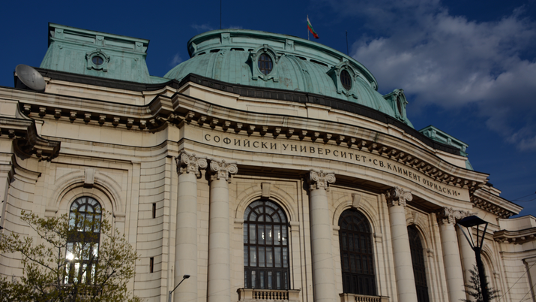Sofia 2024 Call for Papers
For the upcoming EABS annual conference (15-17th July 2024, Sofia, Bulgaria), the research Unit “The Septuagint and the Cultural World of the Translators” will host one open session and one session on the topic:
Connecting the Septuagint Translators: Scribal Schools, Translation Techniques and Style
A traditional way to approach the language of the LXX has been to consider each book in its specificity as the product of a single translator. While this is a methodologically cautious approach, the relationships between the translators of the Septuagint, its revisers and its authors remains an understudied topic. In this regard, recent studies highlight two significant points. (1) Stylistic analysis shows that translators of some “wisdom” books display a significantly higher number of literary features than the translation of the Pentateuch: this implies a Greek educational high-level training provided by a Jewish milieu (Lee 2018, Bons 2021). (2) Septuagint may be seen as a long-term process entailing a number of revisional/recensional activities, attesting to a hermeneutical debate between different “schools” or “movements”, and including genuine Greek compositions (see, e.g., Aitken 2015 and Aejmelaeus 2022 on kaige). Building on these two remarks, this unit aims to explore the criteria to study the relationship between different books of the Septuagint (Evans 2022) and the groups behind them and placing such activities in the broader context of the scribal and hermeneutical practices of the Second Temple period. We will focus on the following research questions:
- On which methodological basis is it possible to establish connections between different translations?
- What are the stylistic connections that can be established between Pentateuchal and non-Pentateuchal books, on the one hand, and between non-Pentateuchal books with each other, on the other?)
- What insights can an approach based on related groups and circles provide for the study of different translations of the Septuagint?
- Which historical and social contexts can we imagine for these “schools”, or “groups”, or “circles” and how can their activity be related to the broader framework of the other scribal practices of the Second Temple period?
